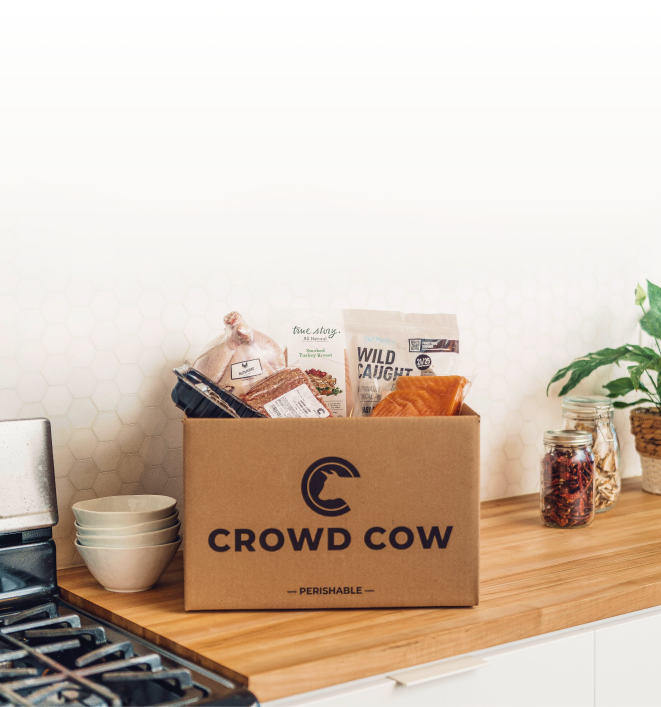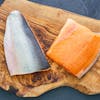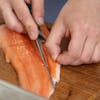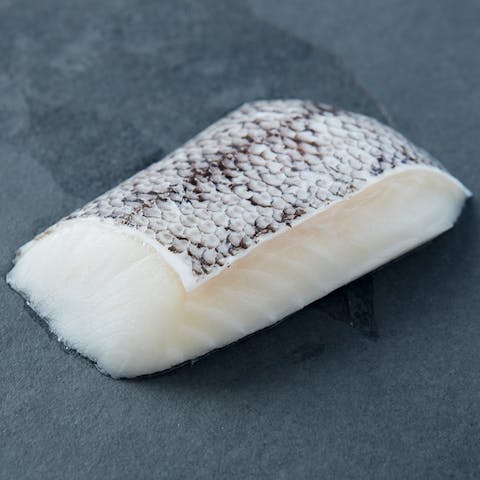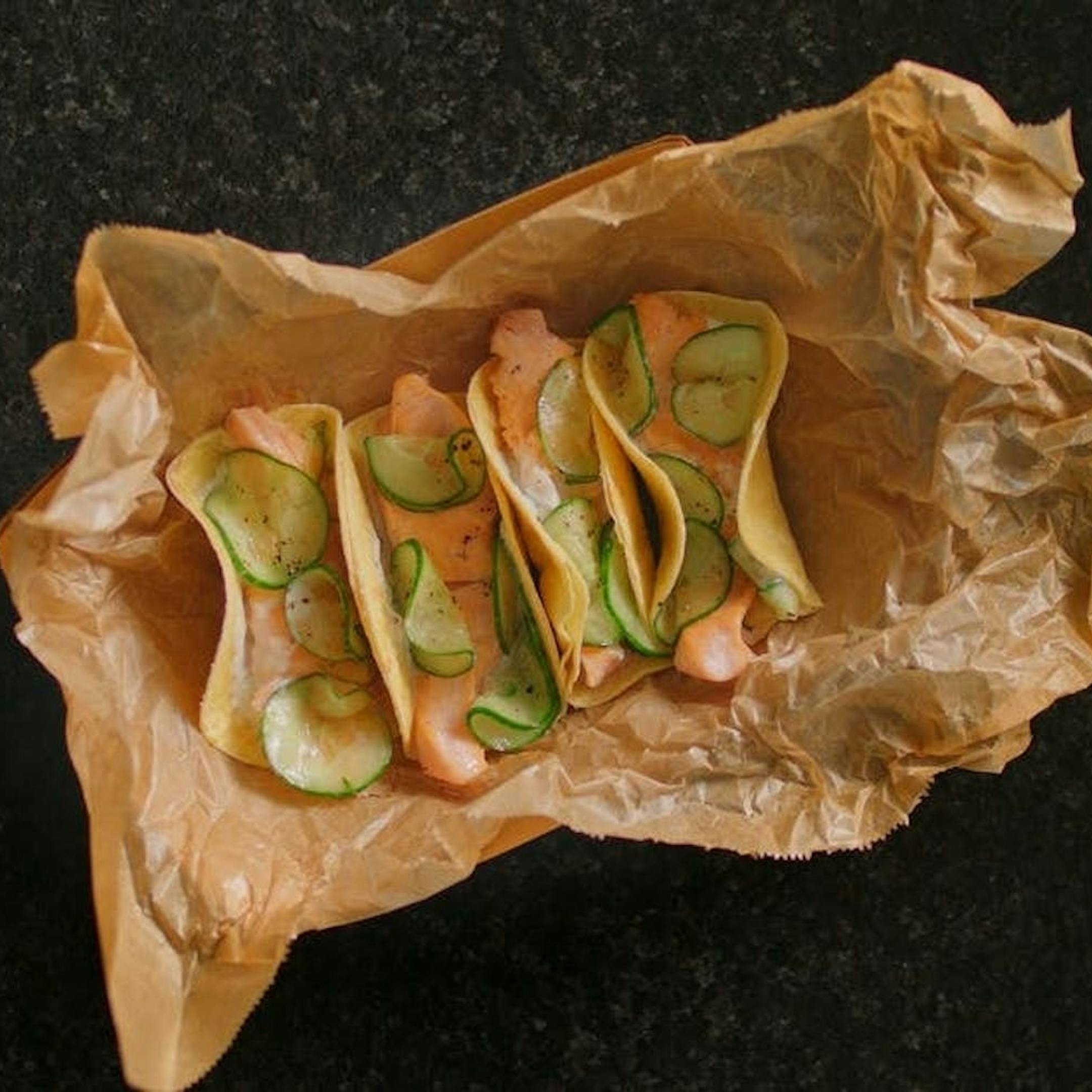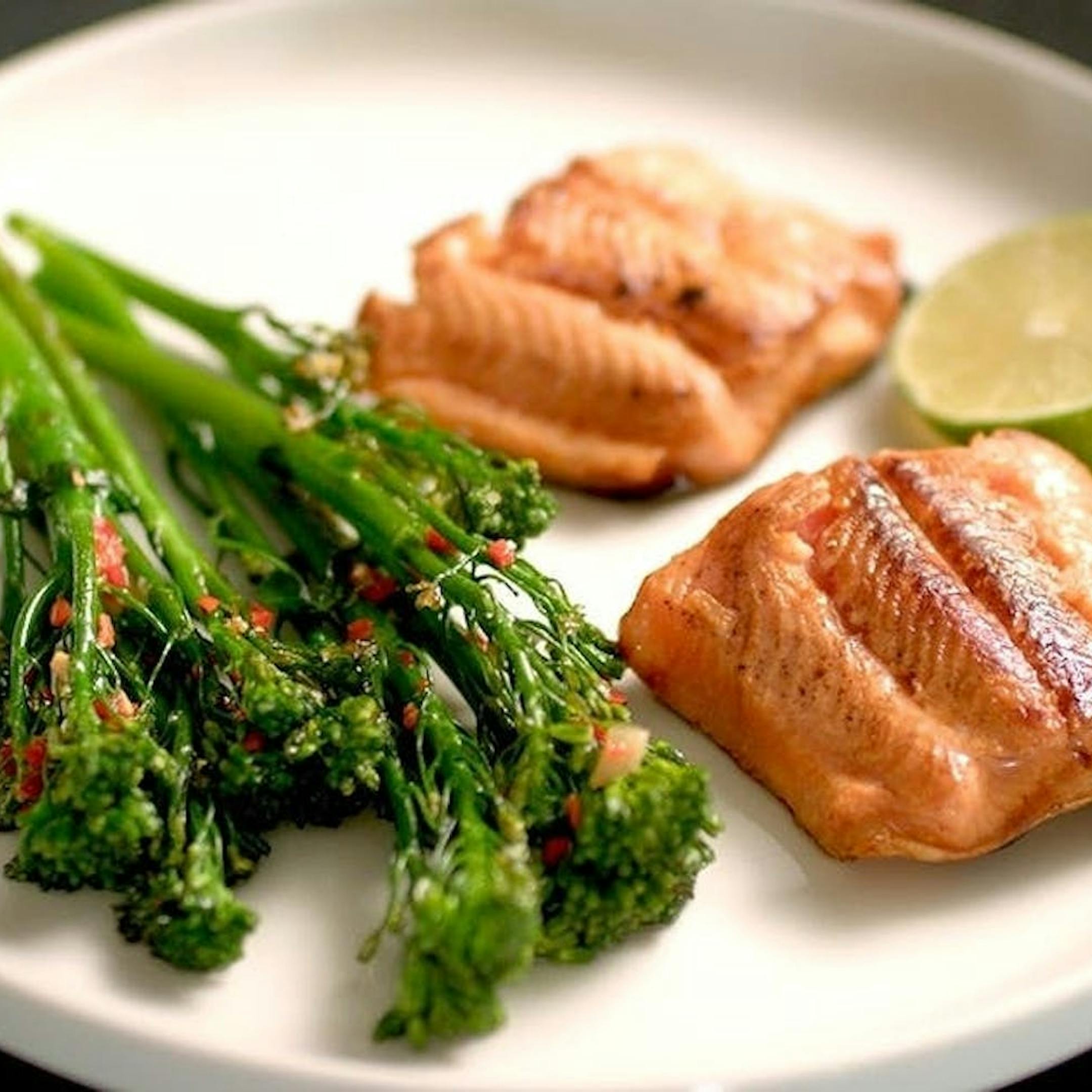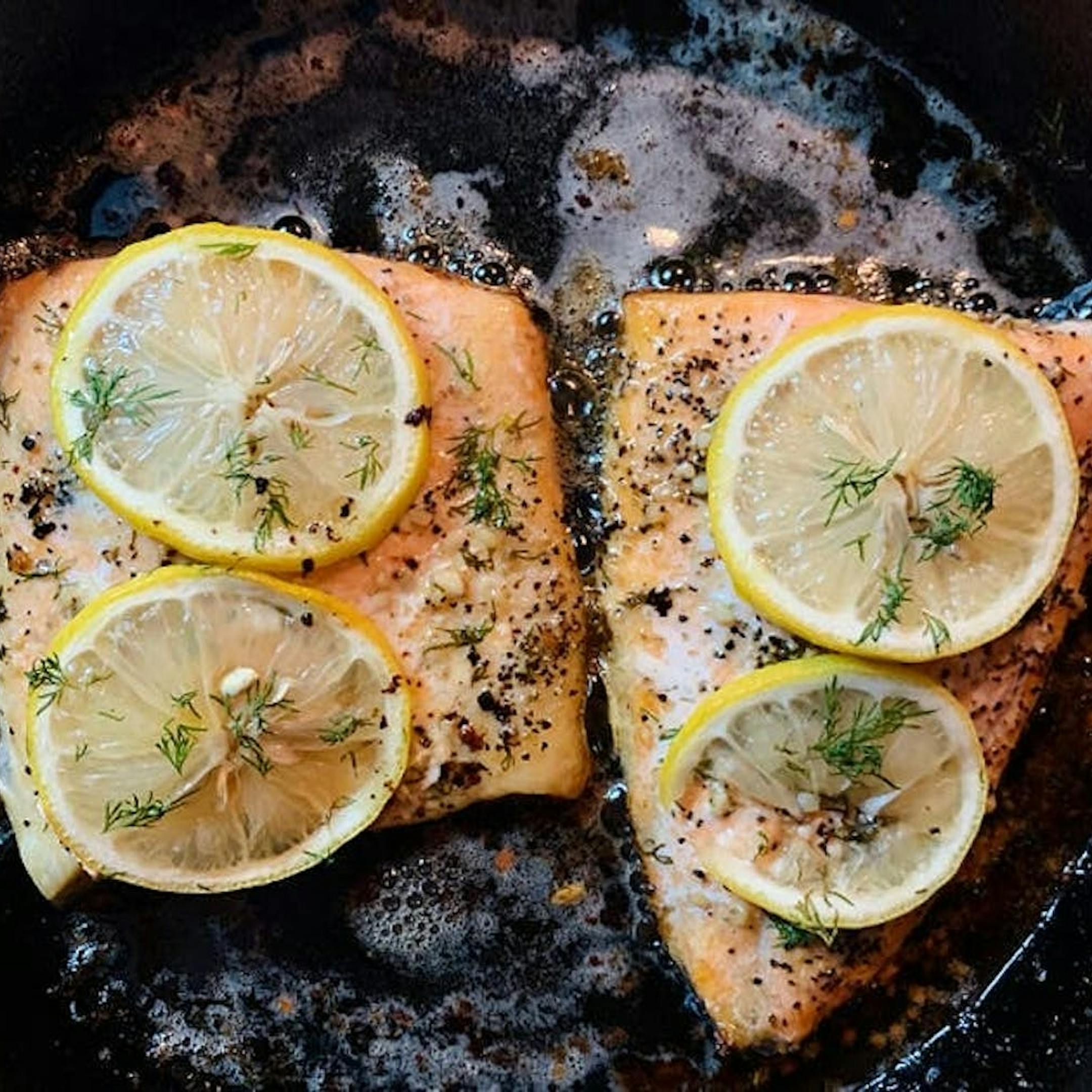How to Thaw
Thaw frozen Arctic Char gradually by placing it in the refrigerator overnight. If you have to thaw seafood quickly, either seal it in a plastic bag and immerse it in cold water, or - if the food will be cooked immediately thereafter - microwave it on the "defrost" setting and stop the defrost cycle while the fish is still icy but pliable. Most seafood should be cooked to an internal temperature of 145 degrees.

